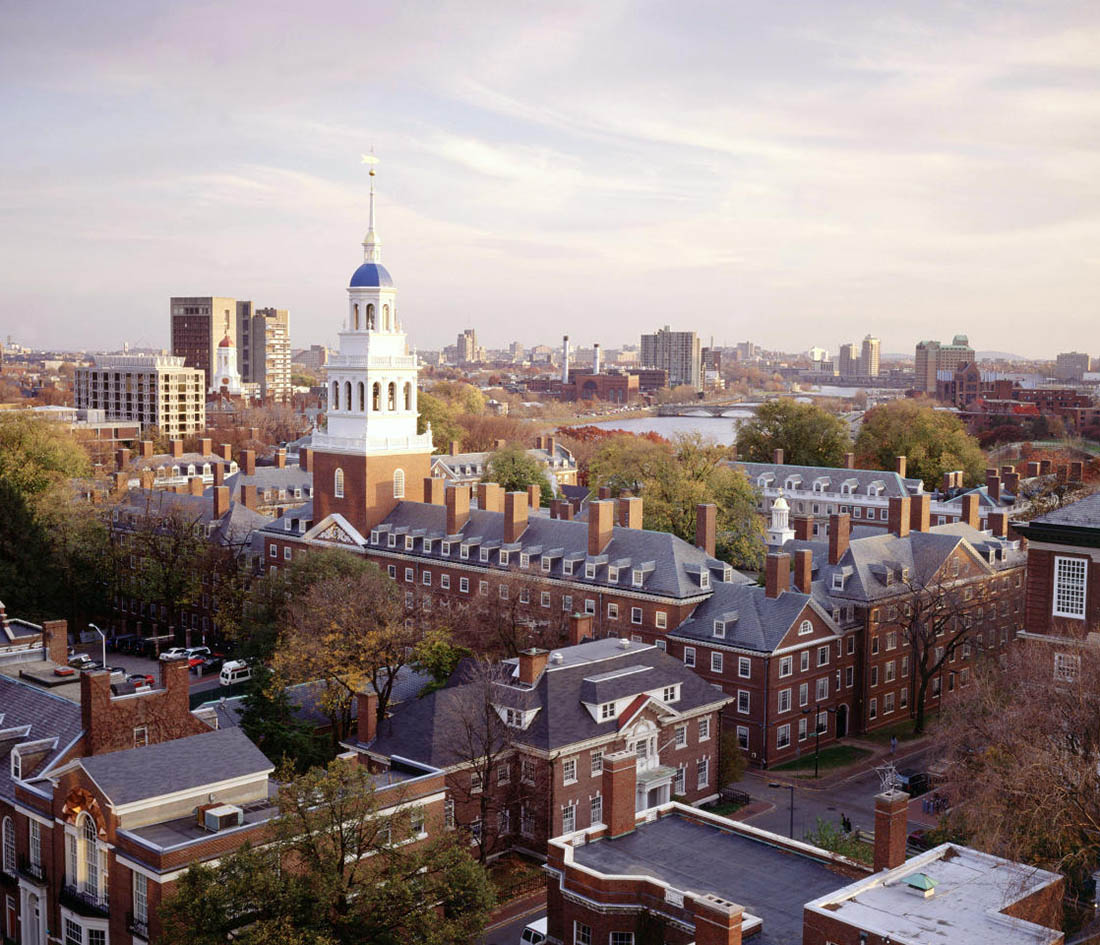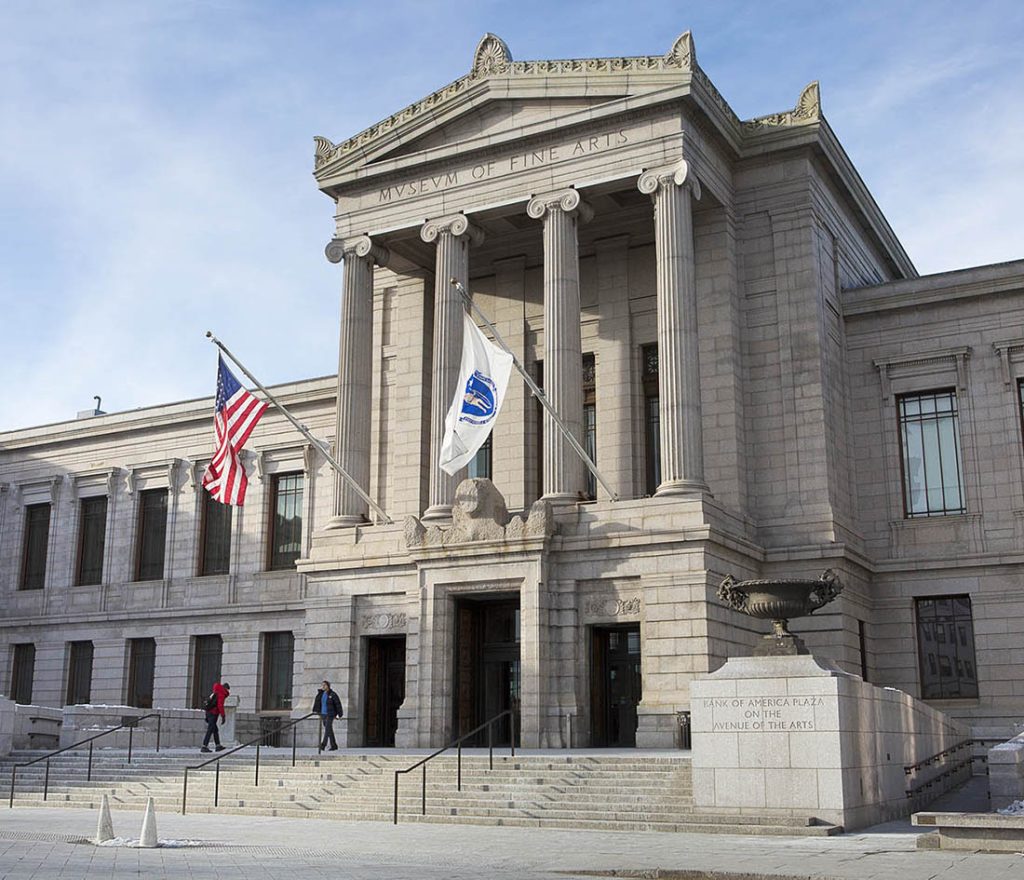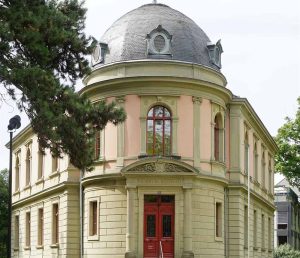
Boston, often hailed as the “City of Freedom,” boasts a rich tapestry of history and cultural significance that unfolds at every corner.
Freedom Trail – Tracing the Echoes of Revolution
Location: Freedom Trail, Boston
Embarking on the Freedom Trail felt like stepping into a tangible chapter of America’s living history. This 2.5-mile-long journey winds through 16 historically significant sites, including landmarks like the Massachusetts State House, Paul Revere’s House, and the Old North Church. The trail becomes a time machine, guiding visitors through tales of revolution, independence, and the birth of a nation.
Walking along the cobblestone path, the connection to America’s past became palpable, mesmerizing me with its historical resonance. The well-preserved sites and the vivid storytelling by knowledgeable guides offered profound insights into the events that shaped the nation. Every step felt deliberate, as if I were retracing the footprints of those who played a pivotal role in defining the course of American history.
The weathered cobblestones seemed to echo with the echoes of history, grounding me in the reality of the revolutionary era. The immersive experience of the trail turned it into a historical pilgrimage, leaving an indelible mark on my understanding of Boston’s significance in American history.
The guides, skilled in bringing history to life, animated the past with their narratives. Each landmark along the trail became a living testament to the struggles and triumphs that marked the nation’s journey towards independence. The Massachusetts State House, with its dignified presence, silently witnessed the birth of a new republic. Paul Revere’s House whispered tales of midnight rides and patriotic fervor, while the Old North Church stood as a timeless symbol of the quest for freedom.
The Freedom Trail transcended a mere tour; it became a deliberate exploration of history etched into Boston’s streets. The combination of vivid storytelling, well-preserved landmarks, and the overall ambiance of the trail left an indelible mark on my understanding of Boston’s pivotal role in shaping the narrative of American history. The Freedom Trail, with its historical richness, serves not just as a tourist attraction but as a dynamic portal to the heart of the nation’s past.
Boston Tea Party Ships & Museum – Stepping into Rebellion
Location: Congress Street Bridge, Boston
The Boston Tea Party Ships & Museum provides a dynamic and hands-on immersion into one of the most pivotal moments in American history. It serves as an interactive portal where visitors are not mere observers but active participants in the unfolding drama of the Boston Tea Party. The museum’s ingenious design invites guests to take part in the symbolic “destruction of the tea,” involving the throwing of replica tea chests into the harbor. This interactive element transforms history from a distant narrative into a tangible and engaging experience, seamlessly blending education with entertainment.

Participating in the reenactment of the Boston Tea Party stood out as a highlight during my visit. This experiential activity transcended the traditional museum setting, offering a unique opportunity to step into the shoes of historical protestors who, in their quest for justice, protested against taxation without representation. The act of tossing replica tea chests into the harbor became a symbolic gesture, allowing me to connect with the courage and conviction of those who resisted unjust impositions.
What distinguishes this museum is its effective fusion of education and entertainment. The exhibits are not static displays but dynamic presentations that utilize technology and captivating storytelling to breathe life into history. The knowledgeable staff play a pivotal role in enhancing the experience, offering valuable insights, answering queries, and creating an environment where history isn’t just informative but also immensely enjoyable.
The incorporation of hands-on activities, interactive exhibits, and the informative narratives delivered by the museum staff collectively creates an immersive journey through a crucial moment in American history. The Boston Tea Party, once confined to textbooks, becomes a palpable and relevant experience, fostering a deeper understanding of the motivations that fueled revolutionary sentiments. The Boston Tea Party Ships & Museum stands as a testament to the power of interactive learning, where history becomes a narrative experienced and embraced by those who step into its engaging corridors.
Isabella Stewart Gardner Museum – A Cultural Oasis in Fenway
Location: 25 Evans Way, Boston
Nestled gracefully in Boston’s Fenway neighborhood, the Isabella Stewart Gardner Museum stands as a true cultural gem, luring art enthusiasts into a world of aesthetic wonder. The museum, housed within a Venetian-style palace, unfolds like a captivating storybook, presenting an eclectic collection that seamlessly weaves together European masterpieces and the intricate allure of Asian artifacts. Adding to the allure is a lush courtyard garden that imparts a serene touch to the entire cultural journey.
As I ambled through the ornate halls of the museum, I found myself entranced by the meticulous arrangement of art and artifacts. Isabella Stewart Gardner’s visionary touch, evident in the museum’s layout, bestowed upon it a unique character, making it feel like an intimate invitation into her personal world. The seamless integration of art, architecture, and verdant greenery created a harmonious escape from the hustle and bustle of the city.
The architectural finesse of the museum is not merely a backdrop but an integral part of the aesthetic experience. The Venetian-style palace, with its ornate details reminiscent of European elegance, serves as a canvas for the diverse artworks, transforming each viewing into a multisensory exploration. The museum’s design becomes a testament to the fusion of artistic expression and architectural brilliance.
A particular enchantment is found in the courtyard garden, a verdant oasis that offers a refreshing counterpoint to the urban energy beyond the museum’s walls. The fusion of vibrant blooms and carefully manicured greenery against the backdrop of classical architecture creates a visual spectacle, enhancing the overall sensory experience. It’s a space where visitors can pause, reflect, and immerse themselves in the tranquility of nature, further enriching their cultural journey.
The Isabella Stewart Gardner Museum transcends its role as a mere repository of art; it becomes a sanctuary where the lines between nature and culture blur. The interplay of art, architecture, and the serene garden invites contemplation, allowing visitors to savor each moment within this cultural haven nestled in the heart of Fenway.
Unveiling Boston’s Charms: Recommendations for Explorers
Museum of Fine Arts (MFA) – A Panorama of Artistic Expression
Location: 465 Huntington Avenue, Boston

The Museum of Fine Arts (MFA) stands as a testament to Boston’s commitment to the arts. With a vast collection spanning various periods and cultures, the MFA offers a comprehensive exploration of artistic expression. From ancient artifacts to contemporary masterpieces, the museum caters to diverse artistic tastes.
- Geographical Location: Situated in the Fenway-Kenmore neighborhood, easily accessible by public transportation.
- Route: Conveniently reachable via the Green Line on the MBTA, with nearby parking options.
- Services: Guided tours, educational programs, and rotating exhibitions enhance the visitor experience.
- Pros: Diverse art collection, engaging exhibitions, and a vibrant cultural atmosphere.
- Cons: Potential crowds during peak hours; limited parking spaces.
Boston Common and Public Garden – Urban Oases in the Heart of the City
Location: Charles Street, Boston
Boston Common and the adjacent Public Garden provide a refreshing escape in the heart of the city. The Common, dating back to 1634, is America’s oldest public park, while the Public Garden is known for its Swan Boats and vibrant floral displays.
- Geographical Location: Central location bordering Beacon Hill and Back Bay.
- Route: Easily accessible by foot or public transportation, with multiple entry points.
- Services: Swan Boat rides, seasonal events, and walking trails for a leisurely experience.
- Pros: Serene green spaces, historic significance, and family-friendly activities.
- Cons: Crowded during weekends and special events.
Institute of Contemporary Art (ICA) – Where Modern Art Takes Center Stage
Location: 25 Harbor Shore Drive, Boston
The Institute of Contemporary Art (ICA) stands as a beacon for modern art enthusiasts. Situated on the waterfront, the museum not only features cutting-edge exhibitions but also offers breathtaking views of Boston Harbor.
- Geographical Location: Waterfront location in the Seaport District, accessible by public transit.
- Route: Conveniently reachable by the Silver Line and with parking facilities nearby.
- Services: Rotating contemporary art exhibitions, educational programs, and a stunning waterfront terrace.
- Pros: Emphasis on contemporary art, engaging programs, and panoramic harbor views.
- Cons: Limited space for large crowds during popular exhibitions.
Fenway Park – A Historic Baseball Cathedral
Location: 4 Yawkey Way, Boston
Fenway Park, home to the Boston Red Sox, is an iconic landmark and the oldest Major League Baseball stadium still in use. Steeped in history, a visit to Fenway Park offers not just a baseball experience but a glimpse into the cultural significance of America’s favorite pastime.
- Geographical Location: In the Fenway-Kenmore neighborhood, easily accessible by public transit.
- Route: Accessible by the Green Line on the MBTA, with limited parking options.
- Services: Guided tours, game-day experiences, and a range of seating options for baseball enthusiasts.
- Pros: Historic ambiance, passionate fanbase, and unique baseball traditions.
- Cons: Limited parking; high demand during game days.
Boston, with its blend of historical landmarks, cultural institutions, and green spaces, offers a multifaceted experience that caters to diverse interests. The city’s commitment to preserving its history while embracing contemporary art and urban oases makes it a dynamic destination for exploration.
Navigating Boston’s diverse attractions requires a mix of public transportation, walking, and occasionally utilizing parking facilities. While the city is generally well-connected, peak hours and special events may lead to crowded conditions.
In terms of planning, leveraging online platforms such as official museum websites and reputable booking services ensures a seamless experience. These platforms often offer insights into current exhibitions, guided tours, and any ongoing promotions, enhancing the overall visit.
Boston’s historical depth and cultural richness make it a city where every corner reveals a new chapter in its narrative. Whether strolling along the Freedom Trail, engaging in interactive history at the Tea Party Museum, or finding solace in the Isabella Stewart Gardner Museum, Boston invites exploration with open arms.





